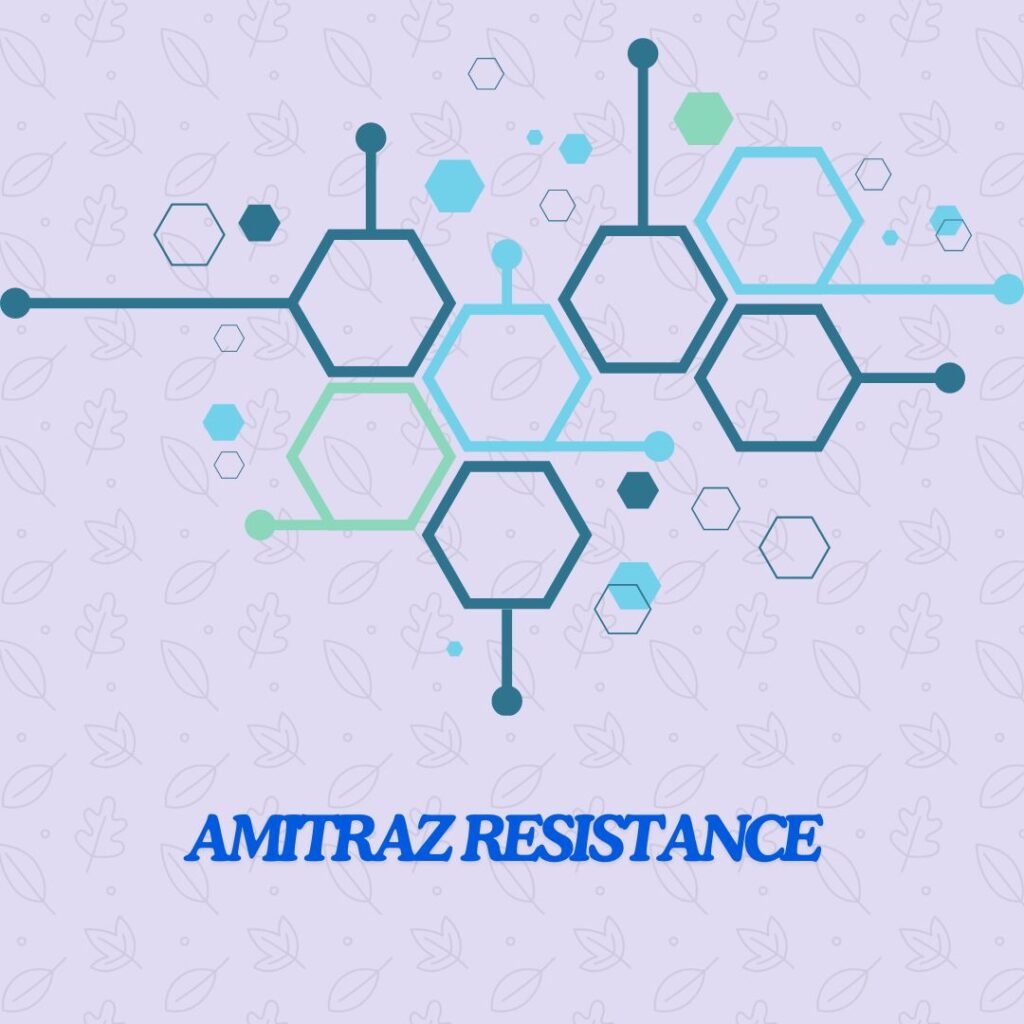Amitraz is commonly used as an acaricide and pesticide to manage a variety of pests, including mites, ticks, and insects. Amitraz functions by interfering with pests’ neurological systems. Numerous incidences of resistance to Amitraz have been reported around the world. This article will tell you about Amitraz resistance, its effects, and possible solutions to the growing problem.
Understanding Amitraz’s Mechanism of Action
Amitraz works by interfering with the parasites’ nervous system, causing their death. Its primary use in veterinary medicine is to treat external parasites in animals, but in agriculture, it aids in pest management in crops.
The Emergence of Amitraz Resistance
Despite Amitraz’s benefits, resistance has occurred, which has led to ineffective treatment. This resistance is not only with Amitraz; this issue is seen in many pesticides and acaricides. However, Amitraz resistance is a threat as its uses in various segments of Pest and Agriculture
Mechanisms of Resistance
Resistance to Amitraz might arise in a variety of ways:
1.Target Area Change: Changes in the structure of the target site can lead to a reduction in the binding of amitraz which ultimately leads to a decrease in its effectiveness.
2. Metabolic Resistance: Pests may evolve higher therapeutic clearance of poisonous compounds from live organisms, allowing amitraz to be broken down more quickly.
3. Behavior Changes: Some pests may change their behavior to avoid contact with amitraz-treated areas
Challenges of Amitraz Resistance
1. Greater insect Populations: Resistance frequently leads to an increase in insect populations that cannot be controlled by amitraz, resulting in greater economic losses for farmers and animal owners.
2. Environmental Impact: Increased pesticide use causes resistance, which can significantly affect the environment, such as soil and water contamination.
3. Increased expense: Higher resistance necessitates more frequent treatments, which increases pest management costs. This can be costly for farmers who rely on it.
Strategies for Managing Amitraz Resistance
1. Usage of Different Pesticides:
• We can use a variety of pesticides that can decrease the chance of cattle becoming resistant.
• Other Methods: By working on non-chemical management techniques, a safer strategy can be developed to safeguard from resistance
2. Monitoring:
It is important to look for signs of resistance. Testing for resistance is part of this. Early detection is necessary.
3. Developing New Formulations:
Research for new formulations will lead to less dependency on the current usage of insecticide and will lead to fewer cases of resistance.
4. Education for End Users:
- It is necessary to educate all end users like farmers, and pest control experts regarding the usage of medicine
- Regular awareness campaigns should be organized around all parts of the country
Conclusion
The pest resistance of amitraz is a major problem that needs to be taken care of. To tackle this problem, different approaches to control must be used, together with pest management plans and initiatives to support research and education. We can better control amitraz resistance by implementing these actions.

